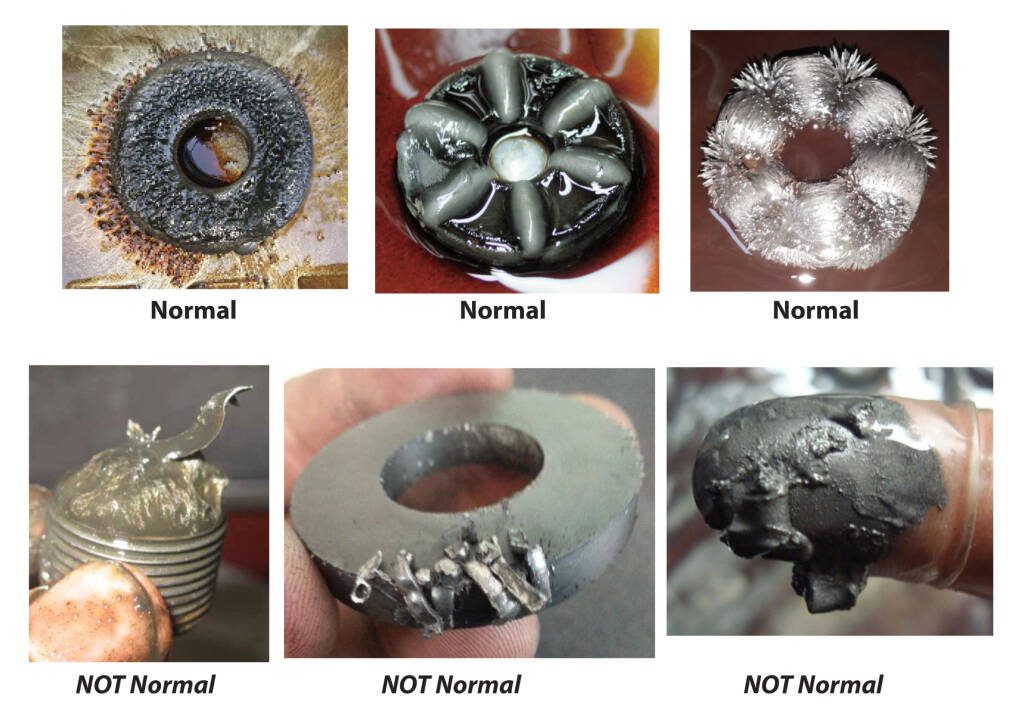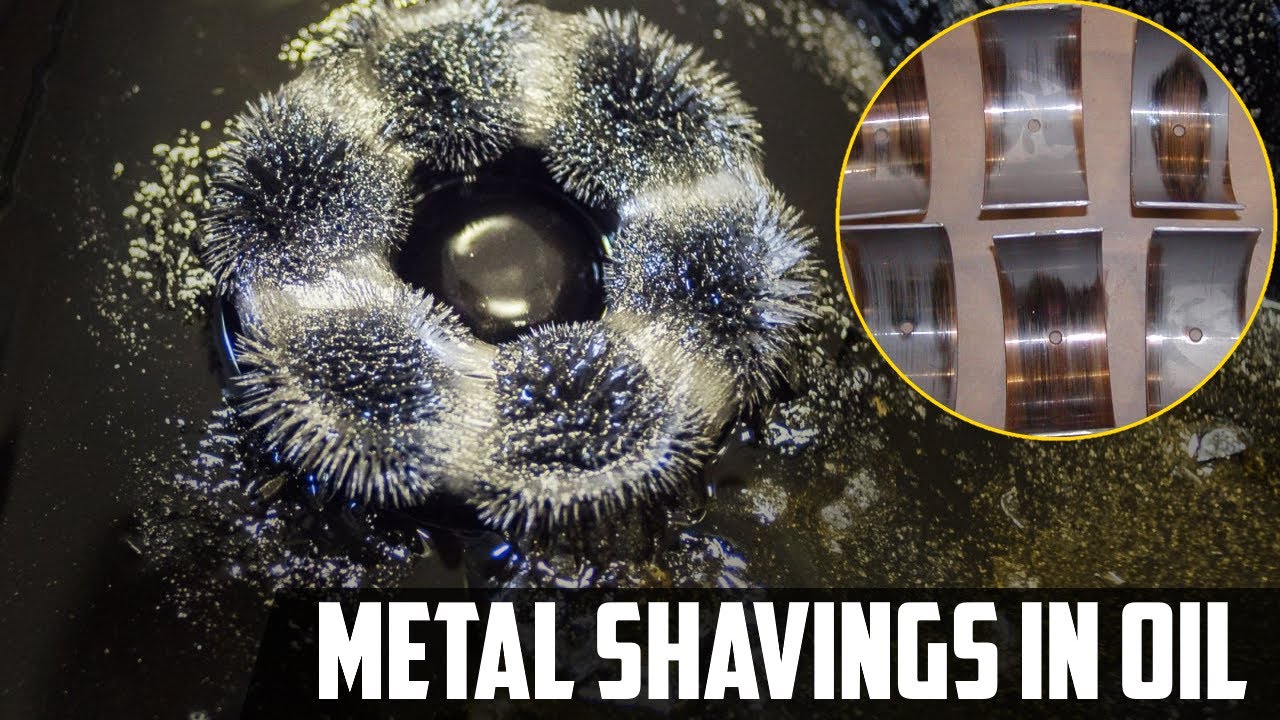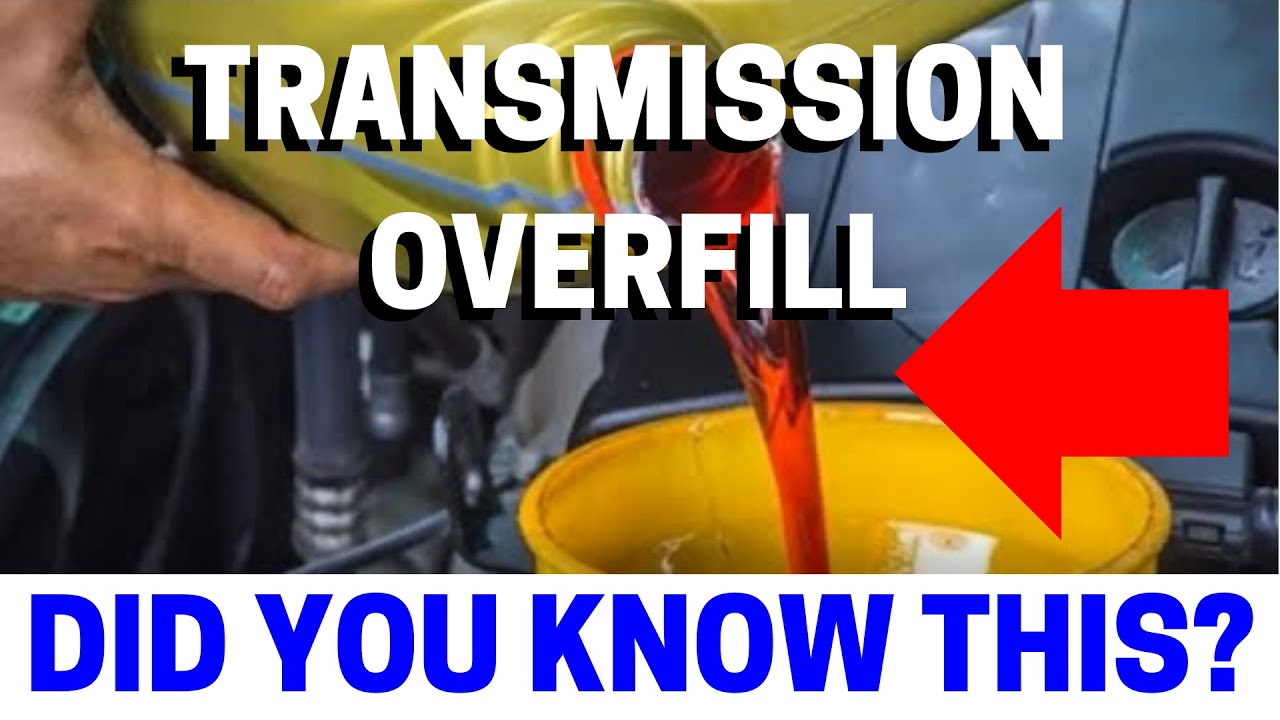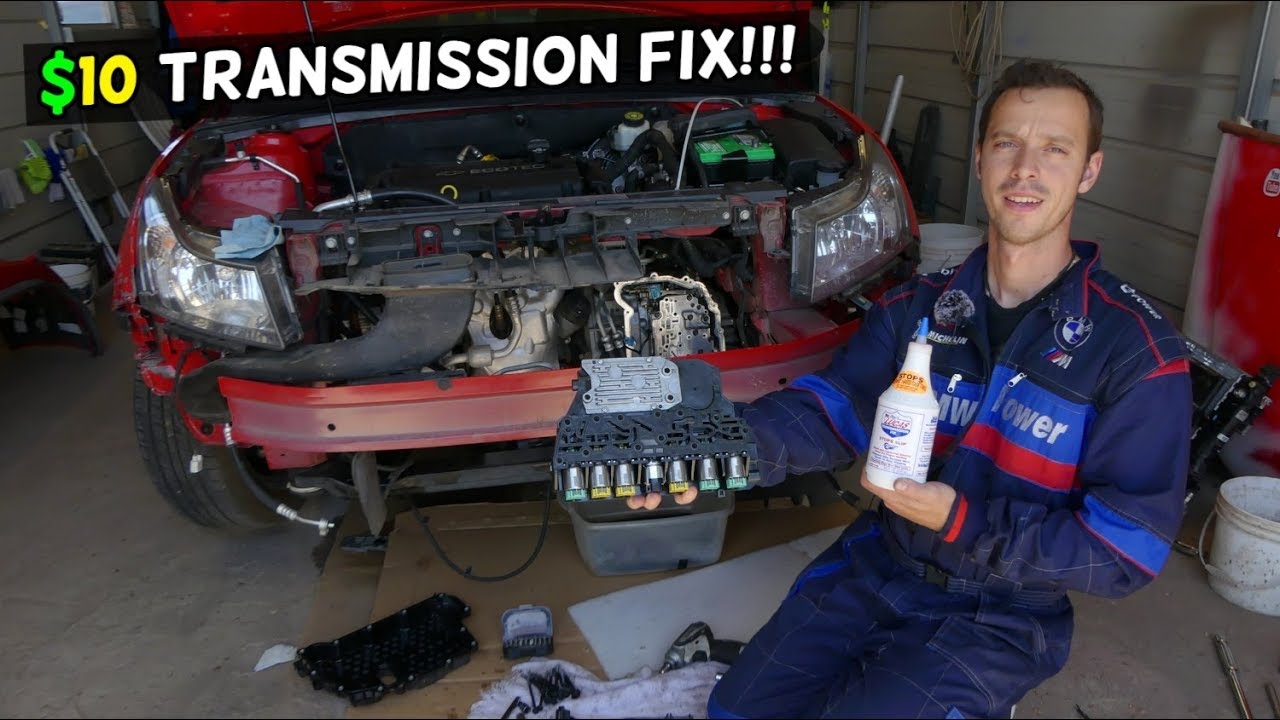Stumble upon metal shavings in your transmission fluid? Don’t panic just yet! Dive into our guide as we unveil what these metallic intruders mean for your vehicle and how to tackle them head-on.
It needs as much maintenance and preventive care as the rest of your engine. If you forget to replace the transmission fluid or don’t do it often enough, the gears will grind together and shave fragments.
What Do Metal Shavings in Transmission Fluid Mean?
The presence of metal shavings or particles in your transmission fluid clearly indicates a potential problem within the transmission system. It suggests that excessive wear and tear is occurring, with components grinding against each other. This strain on the delicate inner workings of the transmission is a cause for concern.
If left unaddressed, it can lead to further damage and even transmission failure. It is crucial to take immediate action, such as seeking professional inspection and repairs, to prevent any additional complications and ensure the longevity of your vehicle’s transmission.
What’s Normal to Find in Transmission Fluid?

If both your engine and transmission are operating normally, it is common to discover a fine metallic powder in your transmission pan. The important aspect to note is the consistency of this powder. It typically coats the entire pan, including the magnet inside, and appears as a powdery residue.
This powder is a byproduct of normal wear and tear within the transmission and is not cause for alarm. Rest assured, if the presence of this powder is the sole indication of metal shavings in your transmission pan, there is no need to worry. Your transmission is functioning properly.
How To Check Transmission Fluid For Metal Shavings?
Checking transmission fluid for metal shavings can be done by following these steps:
- Park the Vehicle: Ensure that the vehicle is parked on a level surface and the engine is turned off. Engage the parking brake for added safety.
- Locate the Transmission Dipstick: Open the hood of the vehicle and locate the transmission dipstick. The dipstick is typically labeled and can be found near the engine, attached to the transmission.
- Remove and Inspect the Dipstick: Remove the transmission dipstick from its tube and wipe it clean with a lint-free cloth or paper towel. Take note of the fluid level and color on the dipstick.
- Examine the Fluid: After wiping the dipstick, reinsert it into the tube and pull it out again. This time, carefully observe the fluid’s appearance. Look for any discoloration, unusual odors, or visible debris, including metal shavings.
- Check for Metal Shavings: To inspect for metal shavings, examine the fluid on the dipstick closely. Swirl it around or rub it between your fingers. If there are any metal shavings present, they may appear as fine particles, specks, or glimmers within the fluid. Take note of the quantity and size of the shavings, if any.
- Reinstall the Dipstick: Once you have completed the inspection, reinsert the dipstick fully into the tube and ensure it is securely in place.
If you discover a significant amount of metal shavings or any other concerning signs during the inspection, it is recommended to have your vehicle inspected by a qualified mechanic or transmission specialist. They can provide a more accurate assessment of the situation and advise on any necessary repairs or maintenance.
What Causes Metal Shavings in Transmission Fluid?
The presence of metal shavings in the transmission fluid can be attributed to various factors and underlying issues. Some common causes include:
Normal Wear and Tear
As a transmission operates over time, its internal components undergo friction and wear, including gears, bearings, and clutch plates. This natural wear and tear can result in the generation of small metal particles, which then circulate within the transmission fluid. While this is a normal occurrence to some extent, an excessive amount of metal shavings may indicate accelerated wear or other underlying issues that require attention.
Gear Synchronizer or Bearing Failure
The synchronizer rings and bearings in transmission are vital for smooth gear shifting and maintaining proper alignment. However, when these components become worn or damaged, they can cause grinding or rubbing against each other or nearby parts. This grinding action produces metal shavings that find their way into the transmission fluid, signaling the need for repairs or component replacements to restore proper functionality.
Clutch or Friction Plate Wear
Clutches and friction plates play a crucial role in transmitting power within the transmission. Over time, repeated engagement and disengagement of the clutch, particularly under demanding driving conditions, can lead to wear and thinning of these components. As a result, small metal particles are released into the transmission fluid, indicating the need for clutch inspection and potential replacement.
Internal Component Failure
Various internal components, such as planetary gears, shafts, or bushings, can experience failure due to manufacturing defects, inadequate lubrication, or excessive heat. When these components malfunction or become damaged, they can produce metal shavings contaminating the transmission fluid. Identifying and addressing the underlying cause of the component failure is crucial to prevent further damage to the transmission.
Contaminants or External Objects
In some cases, metal shavings in the transmission fluid may originate from external sources. Foreign objects or contaminants, including dirt, debris, or even metal fragments from other parts of the vehicle, can enter the transmission and cause abrasion, leading to the presence of metal shavings.
Ensuring the transmission is adequately protected from external contaminants and promptly addressing any sources of contamination is essential for maintaining a healthy transmission system.
What Indicates A Problem With Your Transmission?
Several signs and symptoms can indicate a problem with your transmission. Here are some common indicators to be aware of:
- Transmission Fluid Leaks: If you notice red or brown fluid pooling beneath your vehicle, it could indicate a transmission fluid leak. Low fluid levels can lead to transmission damage and poor performance.
- Difficulty Shifting Gears: Difficulty shifting gears, such as experiencing hesitation, grinding, or slipping when changing gears, can point to transmission issues. Worn clutch components, a faulty transmission control module, or other internal problems could cause this.
- Transmission Slipping: A slipping transmission occurs when your vehicle unexpectedly changes gears or revs without corresponding acceleration. It can result from low fluid levels, worn clutch bands or plates, or a malfunctioning torque converter.
- Delays in Gear Engagement: If there are delays or a significant pause when shifting from park to drive or reverse, it may indicate a problem with the transmission. This could be due to worn clutch components, a malfunctioning valve body, or other transmission system issues.
- Strange Noises: Unusual noises, such as whining, clunking, grinding, or buzzing sounds, coming from the transmission area can be a cause for concern. These noises may indicate worn or damaged transmission components or low fluid levels.
- Burning Smell: A burning smell, especially one resembling burnt rubber or overheated fluid, could suggest a transmission problem. It may be caused by overheating due to low fluid levels, slipping clutches, or other issues that require attention.
- Dashboard Warning Lights: If your vehicle’s check engine light or a specific transmission-related warning light illuminates, it’s a clear indication of a potential problem. Consult your vehicle’s manual or a professional mechanic to identify the specific issue.
Conclusion
In conclusion, the presence of metal shavings in transmission fluid is a concerning sign that indicates potential issues within the transmission system. The repair cost associated with addressing this problem can vary depending on factors such as the severity of the damage, parts replacement requirements, labor costs, and any additional repairs or maintenance needed.
To determine the exact repair cost for metal shavings in transmission fluid, it is essential to consult with a qualified mechanic or transmission specialist. They can assess the extent of the damage, diagnose the underlying issues, and provide you with an accurate estimate for the necessary repairs.




